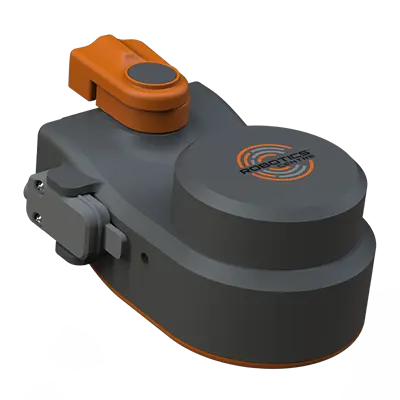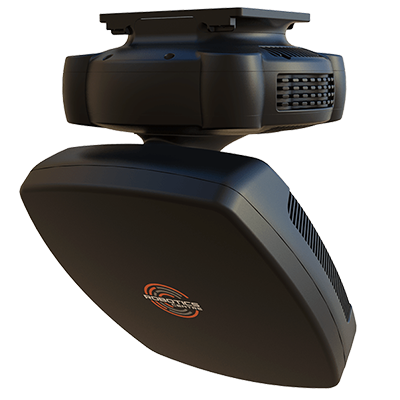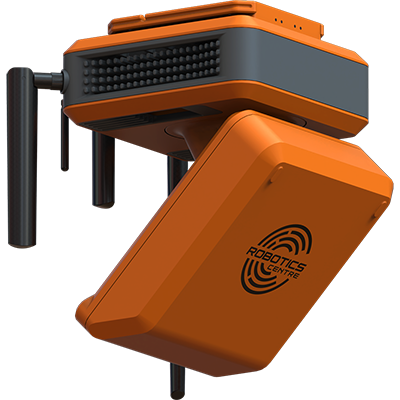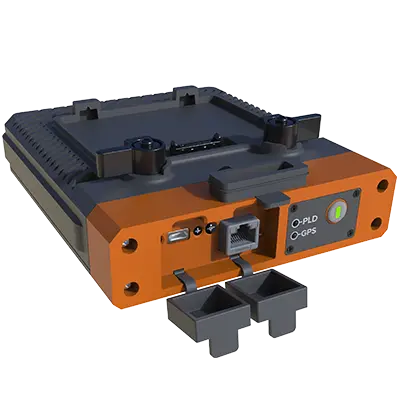Disaster Response and Aid
Unmanned Aerial Vehicles (UAVs), Unmanned Ground Vehicles (UGVs), and Remotely Operated Vehicles (ROVs) have become indispensable tools in disaster response and aid operations. Their capabilities allow for rapid assessment, monitoring, and assistance in areas inaccessible or too dangerous for human responders. Here’s how these systems contribute to disaster response and humanitarian aid efforts.
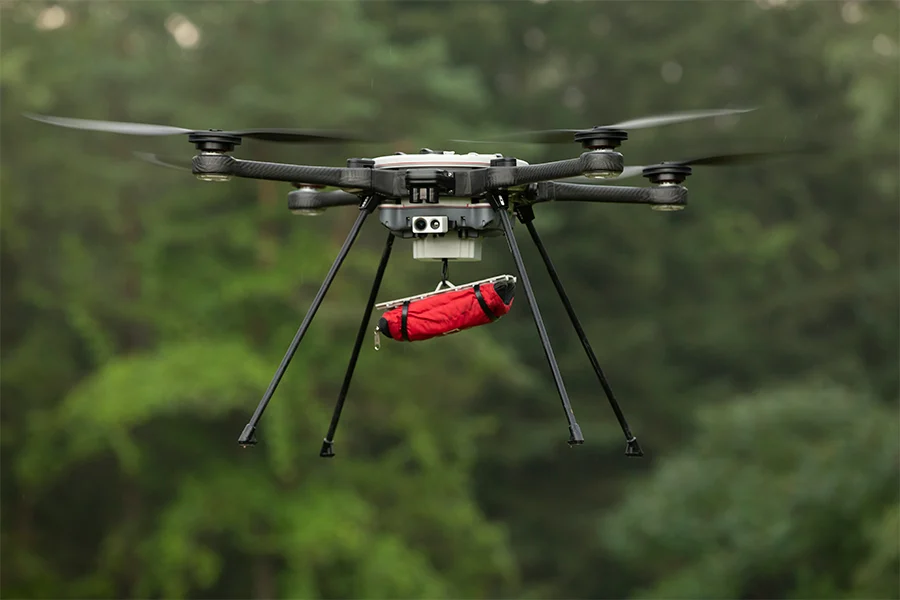
UAVs in Disaster Response and Aid
Rapid Damage Assessment: UAVs can quickly be deployed following a disaster to provide aerial assessments of the affected areas, identifying the extent of damage, impacted infrastructure, and areas requiring urgent assistance. This information is crucial for prioritizing response efforts and allocating resources efficiently.
Search and Rescue Operations: Equipped with cameras and thermal imaging technology, UAVs can assist in search and rescue operations by locating survivors trapped under debris or in hard-to-reach places, significantly speeding up the search process.
Delivery of Essential Supplies: Some heavy-lift UAVs are capable of delivering essential supplies, such as food, water, medical kits, and communication devices, to survivors in areas cut off by flooding, landslides, or infrastructure collapse.
Communications Relay: In the aftermath of a disaster, communication networks may be disrupted. UAVs can act as temporary communication relays, restoring critical communication links between responders and affected communities.
UGVs in Disaster Response and Aid
Navigating Debris and Ruins: UGVs can navigate through rubble and confined spaces to assess structural damage, search for survivors, and deliver supplies. Their ability to move in environments too risky for human responders makes them invaluable in the immediate aftermath of disasters.
Hazardous Material Detection: Following industrial accidents or in situations where hazardous materials may be present, UGVs equipped with sensors can detect and identify chemical, biological, radiological, and nuclear (CBRN) threats, ensuring the safety of human responders.
Medical Assistance and Evacuation: UGVs can also be used to provide medical assistance, transporting injured individuals to safer areas or facilitating remote medical consultations via onboard communication equipment.
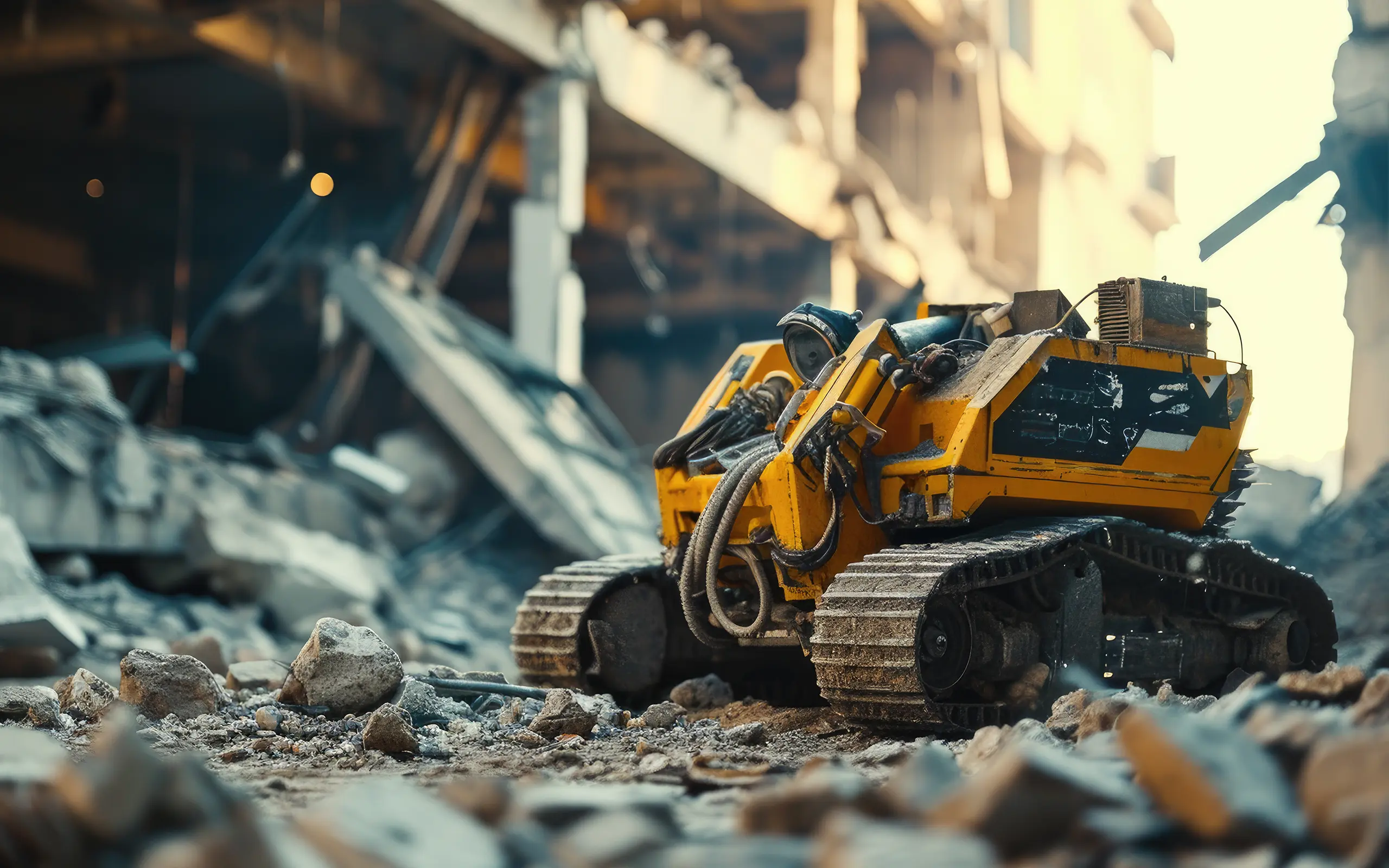
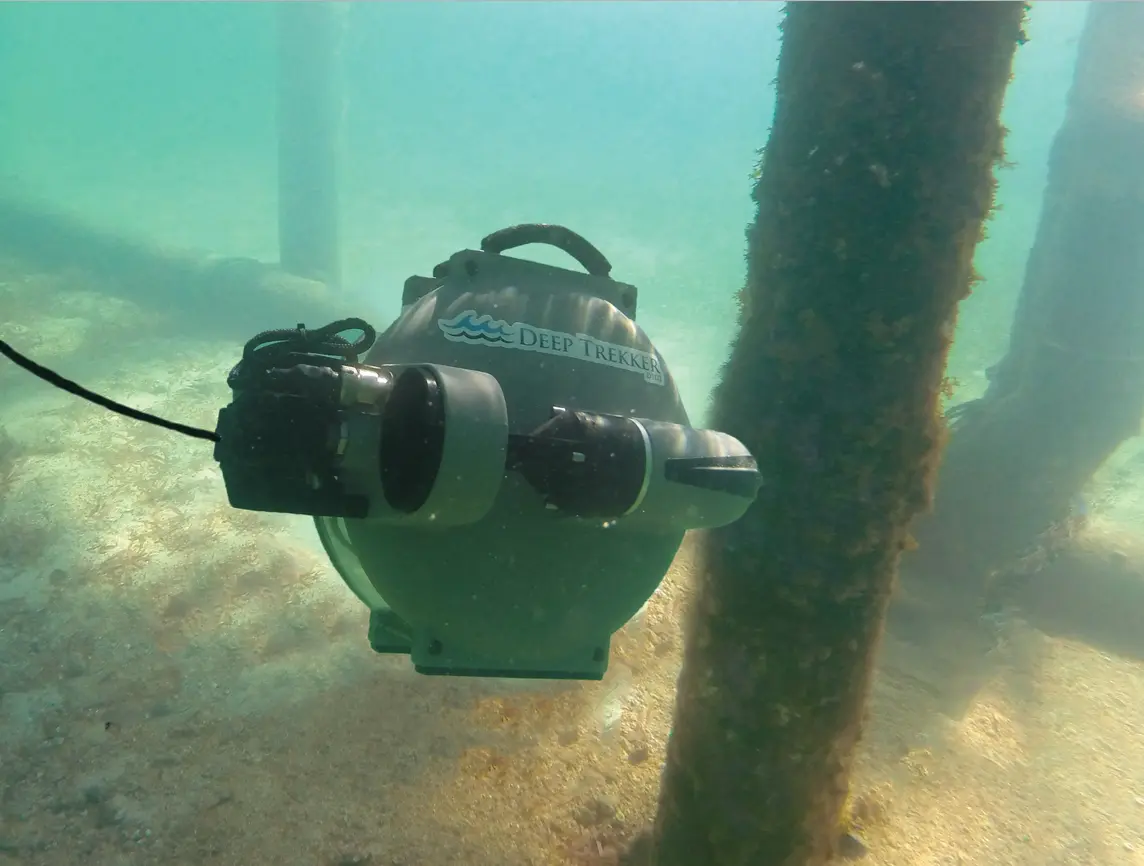
ROVs in Disaster Response and Aid
Underwater Search and Recovery: In disasters involving flooding or the sinking of structures, ROVs can be deployed for underwater search and recovery efforts, locating bodies or retrieving important objects from underwater debris.
Inspection of Underwater Infrastructure: Following earthquakes, tsunamis, or storms, ROVs assess the integrity of underwater infrastructure, such as bridges, dams, and pipelines, identifying damage and preventing further disasters.
Environmental Monitoring: Post-disaster, it’s crucial to monitor water bodies for contamination or other environmental impacts. ROVs can collect water samples and conduct surveys to assess the environmental aftermath of the disaster.
Integrated Integrated Approach to Disaster Response and Aid
The integration of UAVs, UGVs, and ROVs into disaster response strategies offers a multi-dimensional approach to managing complex emergencies:
Enhanced Situational Awareness: These unmanned systems provide a comprehensive view of the disaster-affected area, improving situational awareness and enabling more informed decision-making.
Reduced Risk to Responders: Deploying unmanned systems in hazardous environments or where the structural integrity of buildings is compromised reduces the risk to human responders.
Accelerated Response Times: By quickly identifying the most critically affected areas and assessing the needs of survivors, unmanned systems can significantly accelerate response times, potentially saving lives.
Long-term Recovery Support: Beyond the immediate response, unmanned systems can support long-term recovery efforts, monitoring rebuilding progress, and ensuring that affected areas return to normalcy safely and efficiently.
In conclusion, UAVs, UGVs, and ROVs play critical roles in enhancing the effectiveness, efficiency, and safety of disaster response and humanitarian aid operations. Their ability to operate in diverse and challenging environments makes them indispensable assets in saving lives, mitigating the impact of disasters, and supporting recovery efforts.
